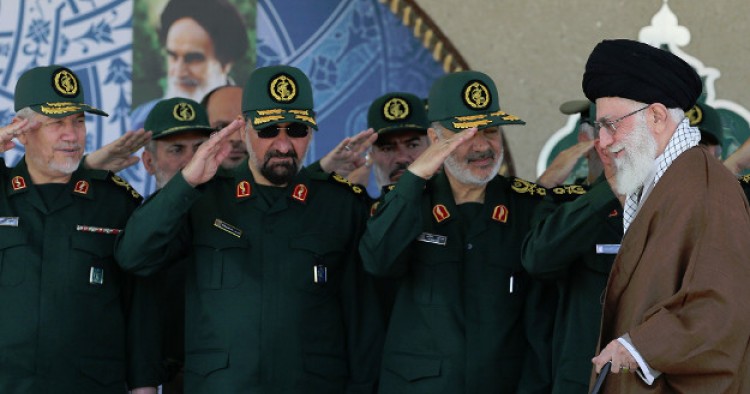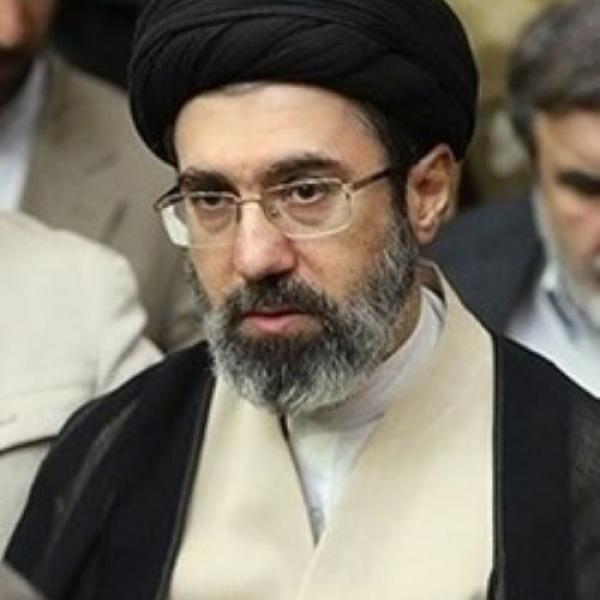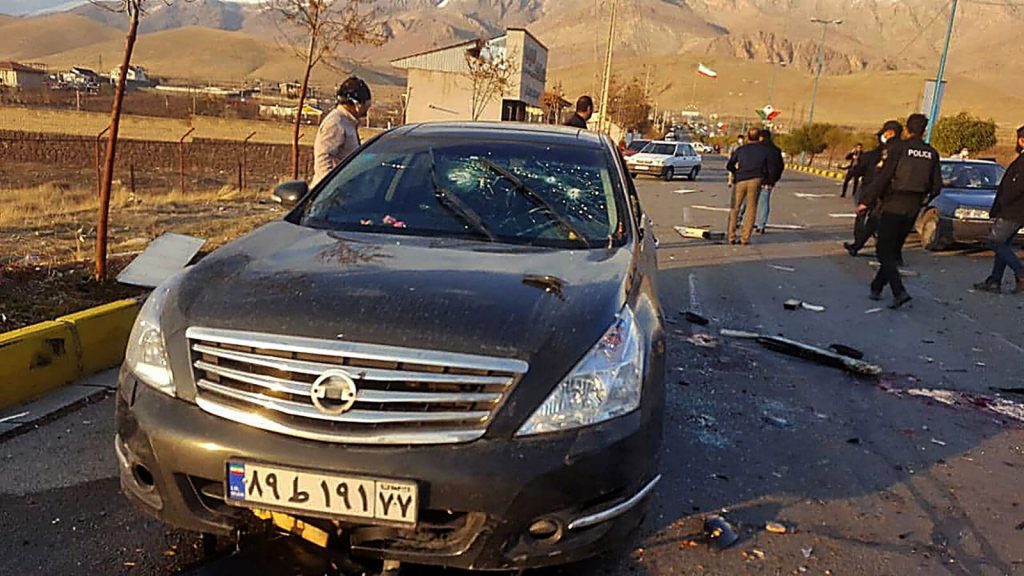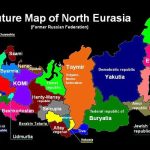The Iran’s Islamic Revolutionary Guard Corps is reportedly cleaning house after a series of intelligence failures, including the IRGC officers who have been assassinated in Iran, or died under mysterious circumstances.
The IRGC is now toppling its own in a mini-purge that could be part of rivalries or simply the necessity to get rid of the old and bring in the new.
The Iran’s Islamic Revolutionary Guard Corps has replaced the longtime commander of the unit responsible for protecting the country’s supreme leader Ali Khamenei.
The move came just two days after the militia announced it would also replace its intelligence chief, following a number of high-profile killings. They blamed on Israel and amid reports of foiled Iranian revenge attacks in Turkey.
Ebrahim Jabbari, who had commanded the IRGC’s “Vali Amr Protection Corps” since 2010, was replaced by Hasan Mashroueifar, the semi-official Iranian Tasnim news agency reported citing the militia’s spokesman, Ramezan Sharif.
Hasan became the Commander of the “Vali Amr Protection Corps”, the Supreme Leader, Ali Khamenei’s personal security unit. He is the IRGC BG2 (also called Sardar), the same rank as his predecessor, Ibrahim Jabari.
Previously Hasan was the Senior Revolutionary Guards official (possibly deputy commander of the organization’s counterintelligence directorate).
Mashroueifar is a non-public figure and works in the shadows. Therefore, the information regarding him is rather scarce.
At the ceremony for his appointment into his new position, Revolutionary Guards chief Hossein Salami called him “one of the strongest, most determined, sincere and smartest commanders (in the Revolutionary Guards).”
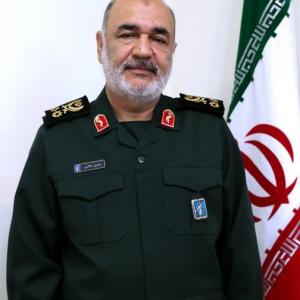
According to various indications, there is a possibility that until his new commission, he was known rather by an other name than his authentic one. Some analysts suppose that he was possibly known as Hassan Amami (حسن امامی), an unknown figure from the Revolutionary Guards whose appearance was never officially revealed; who held the position of deputy commander of the Revolutionary Guards’ counterintelligence and information security division (Intelligence Protection Organization of the IRGC). One of the two surnames may be false, but nobody knows which one of them. According to the same indications, Mashroueifar (or Amami) was Mohammed Kazemi’s deputy in the counterintelligence and information security division.

The theory that Mashroueifar and Amami are the same person is based on the analysis of the name tag of Mashroueifar’s uniform photo distributed in the media (see. In the photo, although in a blur, one can see that the surname is too short to match his name as publicized (Mashroueifar). The faded name is more similar to a short name, such as “Amami.” This theory is supported by documentation published since February 2020 in social media outlets, such as telegram and social media pages sympathizing with the IRGC. This photo is from a ceremony commemorating Qasem Soleimani, including threats of revenge over his assassination.
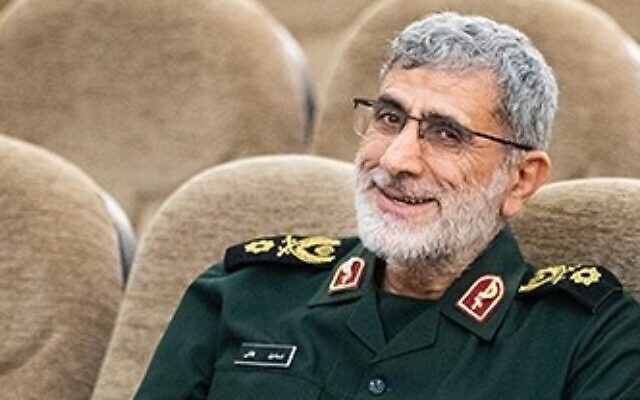
The publication shows Zainab, Soleimani’s daughter, and “Hassan Amami,” described in the publication as “deputy commander of the counterintelligence division in the IRGC.” Amami was identified in the photo, where his face was allegedly accidentally exposed. In this picture, Amami bears a great resemblance to Hassan Mashroueifar.
The appointment of an individual who most likely served at the top of the counter-espionage division of the IRGC as head of Khamenei’s personal security unit was most likely intended to thwart the continued leakage of information.
It was not clear if Jabbari would be given a new role, but Tasnim reported that the IRGC’s chief commander Hossein Salami awarded him a certificate of appreciation for his “valuable and hard-working services.”
Hossein Taeb, the former head of the IRGC Intelligence Organization, was replaced by Mohammad Kazemi.
The replacement of the intelligence chief came after the killing of a number of members of the IRGC, which is designated as a terrorist group by Iran’s arch-enemy, the United States.

It also comes after Taeb was identified by Hebrew media as the Iranian official behind planned attacks on Israelis in Turkey. The reports, citing Israeli security officials, said that Taeb was under intense pressure to carry out an attack, amid growing frustration in Iran over repeated Israeli successes in penetrating Iran’s most secret organizations.
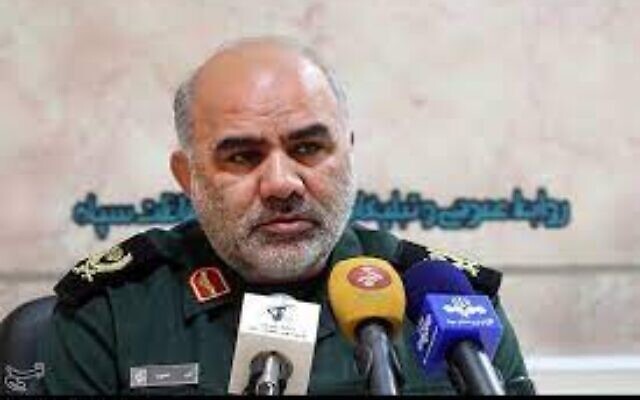
Senior Iranian commander Brig. Gen. Ali Nasiri was secretly arrested on allegations of spying for Israel, The New York Times reported on Wednesday quoting Iranian sources.
Another source said that two months before Nasiri’s arrest several dozen employees of the Iranian Defense Ministry, who worked on developing its missile program, were detained on suspicion of leaking classified information to Israel.
Teheran worried that security breaches inside Iran and the vast scope of operations by Israel have undermined most powerful Iranian intelligence organization and the strength of their security has been damaged in the past year. As a result, it fueled mistrust within the Iranian leadership, especially ever since Islamic Revolutionary Guards Corps chief of intelligence.
The departure of Hossein Taeb from his post as the head of Iran’s Islamic Revolutionary Guard Corps’ Intelligence Organization (IRGC-IO) triggered a wave of reshuffling in the command structure of the guardsmen. There are internal power struggles and a natural maturation of the Islamic Republic’s security structure that also likely figured into the decision to remove Taeb.
In turn, Majid Khademi, who served as the head of the Ministry of Defense and Armed Forces Logistics’ (MODAFL) Intelligence Protection Organization, took Kazemi’s old job. Multiple intelligence protection organizations are embedded across state organs in Iran and focus on internal organizational security.
As detailed by journalist Morad Veisi, Taeb and Jabbari were part of a close circle of trusted lieutenants surrounding the son of Iran’s supreme leader, Mojtaba Khamenei. It also includes:
- Alireza Panahian, who has served as the head of the supreme leader’s think tank for universities;
- Mehdi Taeb, Hossein’s brother who leads the Ammar Headquarters think tank;
- Hassan Mohaghegh, the deputy head of the IRGC-IO;
- Esmail Kowsari, an Iranian lawmaker who previously was deputy commander of the IRGC’s Sarallah Headquarters, which is responsible for security in Tehran;
- Ali Fazli, who has served in various senior IRGC positions; and
- Hossein Nejat, deputy commander of the Sarallah Headquarters and former head of the IRGC’s Vali Amr Protection Unit. Many of the relationships in this circle date back to the Iran-Iraq War, when some of them served in the Habib Ibn Mazahir Battalion with Mojtaba Khamenei.
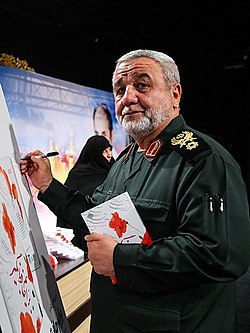
Taeb, Jabbari, Mohaghegh, and Nejat have had significant career overlaps given their proximity to Mojtaba. Where Jabbari served for a period as Taeb’s deputy when he was commander of the Basij paramilitary force during the 2009 presidential election unrest, Jabbari was also Nejat’s successor as the commander of the Vali Amr Protection Unit. Nejat and Mohaghegh both served as deputy commanders of the IRGC-IO under Taeb’s leadership. With Jabbari not securing a landing spot to date after leaving his post at the Vali Amr Protection Unit and Taeb relegated to an advisory position to the commander-in-chief of the IRGC, Mojtaba Khamenei’s circle of power appears at first glance to have narrowed.
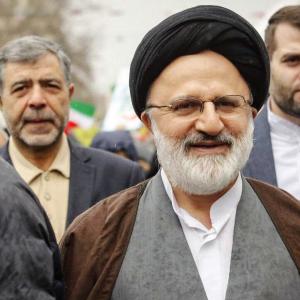
This has implications for the internal dynamics in the Office of the Supreme Leader and Iran’s broader intelligence community. Since 1989, Iran’s supreme leader has counted on Asghar Mir-Hejazi, a former deputy for international affairs in the Ministry of Intelligence and Security (MOIS), as his own intelligence and security advisor. Mojtaba Khamenei has also liaised with the security services. However, the pedigrees and networks of Mojtaba and Mir-Hejazi are different, and at times have clashed.
Mojtaba has long been known for his personal association with Taeb — they meddled in episodes ranging from the lead-up to the 2005 presidential election to an attempt to push out a director-general of Islamic Republic of Iran Broadcasting (IRIB). However, Mojtaba has also maintained an expansive reach in Iran’s security institutions, most especially in the IRGC. His U.S. sanctions designation noted his close work with the commanders of the IRGC’s Quds Force and the Basij, and that’s not to mention the sprawling network of key deputies he built across other components of the IRGC, like the IRGC-IO.
Mir-Hejazi has a different background. The U.S. government has dubbed Mir-Hejazi’ as the “working brain behind the scenes of important events” and noted that he is “closely involved in all discussions and deliberations related to military and foreign affairs.” In 2013, the State Department sanctioned him for providing material support to both the IRGC and MOIS, and later in 2020, the U.S. Treasury Department noted his “close links to the IRGC’s Quds Force” — a connection Mojtaba Khamenei has maintained as well.
Thus, Taeb’s departure may benefit Mir-Hejazi in the near term given their past tension and his closeness with Mojtaba. After all, as Amwaj Media has noted, Taeb was accused of tapping Mir-Hejazi’s phone at one point. But it has also reported Taeb could be a potential successor to Mir-Hejazi as the Supreme Leader’s intelligence and security advisor or in another role. This speculation was echoed in a tweet that was later deleted by an Iranian social media outlet. Thus, Taeb and Mojtaba may have their eyes on a bigger prize and could be playing a longer game. Taeb has recovered after previous scandals in his career due to his unique relationship with the Khamenei family. He should not be underestimated or discounted. Indeed, Mojtaba will not be without allies in the IRGC-IO as Hassan Mohaghegh continues to serve as its deputy commander.
Figures associated with MOIS also stand to gain from Taeb’s departure given its traditional rivalry with the IRGC’s intelligence infrastructure and Taeb’s centrality in Mojtaba’s network. Iran International TV informed that Intelligence Minister Esmail Khatib, who seized on the series of botched operations targeting Israelis in Turkey to advocate for his removal, was among the leading critics of Taeb. Likewise, Taeb’s successor, Kazemi, presided over the IRGC-IPO during spectacular counterintelligence failures, like the assassination of the father of Iran’s past nuclear weapons program Mohsen Fakhrizadeh, and he lacks the onetime stature of Taeb in Tehran.
LINK
A weaker head of IRGC-IO may benefit MOIS, as the former often upstaged the latter during Taeb’s tenure.
Majid Khademi, previously presided over MODAFL’s own counterintelligence organization despite MODAFL arresting several dozen of its employees on suspicion of leaking missile designs to Israel. Such a state of play of distrust and infiltration in the IRGC and the less than stellar track records of some of its new intelligence commanders may provide an opening for those in the Iranian system who seek to check the power of the IRGC’s intelligence apparatus — like MOIS.
Palace intrigue is inevitable and irresistible when analyzing recent changes in the IRGC commanders. At the same time, it is logical for Iran’s Supreme Leader to change the IRGC officers after they have held their posts for over a decade. Jabbari’s departure from the IRGC’s Vali Amr Protection Unit after more than 10 years of service there is in keeping with precedent. Hossein Nejat, his predecessor, served from 2000-2010. But unlike Jabbari, Nejat used the Vali Amr commandership as a springboard to other powerful positions including at the IRGC-IO and the Sarallah Headquarters. Advancing ages may also be a factor as Jabbari is 65; however, the age reason does not explain removal of Taeb’s, 59, who is young in terms of the mullahcracy.
While Taeb’s departure may have been influenced by the setbacks the IRGC-IO suffered in Turkey and elsewhere, there is a possibility that this factor was not the only one at play.



